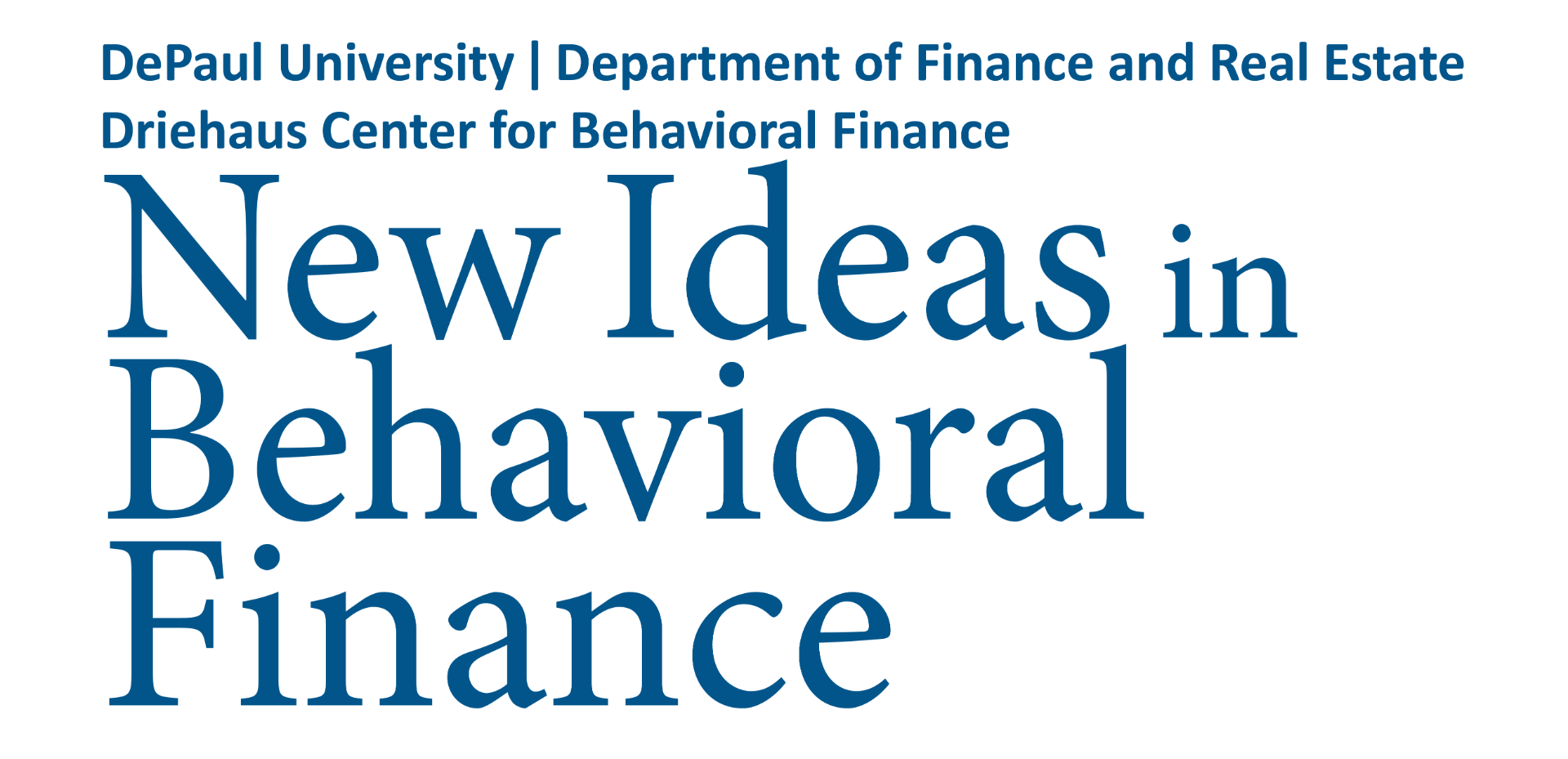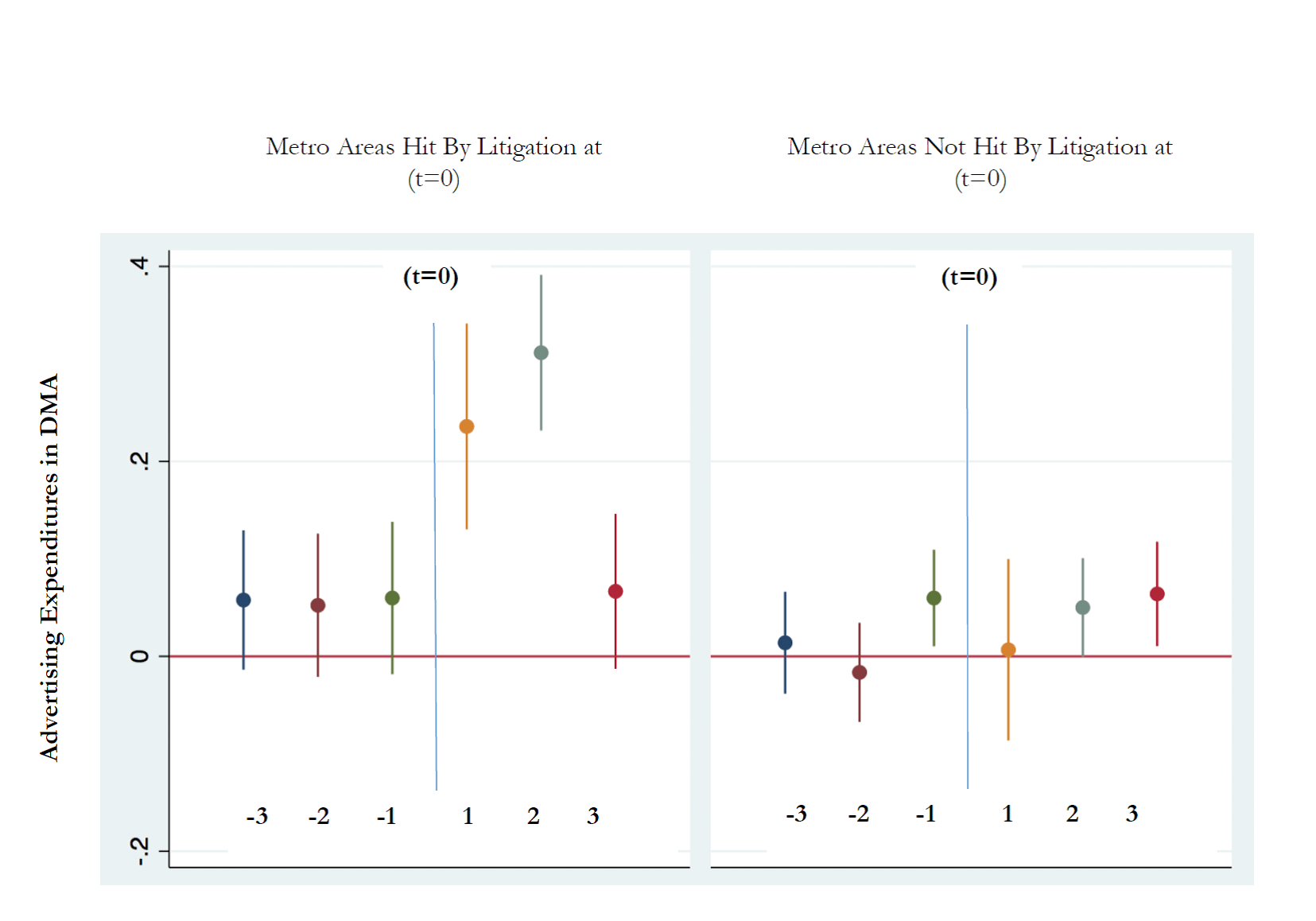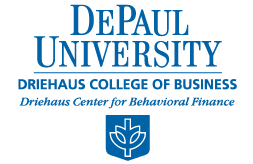By Lauren H. Cohen, Harvard Business School and NBER
Umit G. Gurun, University of Texas at Dallas and NBER
Key Takeaways:
- Firms significantly increase advertising in cities directly following being sued in that location.
- These advertising spikes appear strategic in nature: targeted specifically toward jury-suits and jurors; ending immediately following the case conclusion.
- Policy makers should contemplate this subtle channel of influence, as it does seem to be related to higher likelihoods of positive verdict outcomes for the advertising defendants.
In our paper, Buying the Verdict, we find strong evidence for one form of corporate influence; namely, we find that firms systematically increase specialized, local advertising when it is taken to a court-trial in a given location, specifically in the geographic location of the court deliberation and precisely following initiation of the suit.
Firms are legally obligated to operate within the standards of their operating jurisdictions. Even so, and despite the fact that firms spend substantial capital in order to stay within this legal framework, infractions occur. While many of these infractions are settled privately, a large number do make it into the court system to be adjudicated. These tend to be larger stakes cases (from a value-weighted perspective) for the firms involved. Moreover, the U.S. legal system is founded upon the notion that a jury of one’s peers can conduct an arms-length review of a case adjudicating the guilt (or lack of sufficient evidence for guilt) of the alleged legal infraction. However, the moment that a party is sued, it has a clear incentive to influence the jury in its favor. Much of this convincing takes place inside the courtroom. However, one power that large, publicly facing, and well-funded organizations have at their disposal is to do so also outside of the courtroom.
In particular, we use legal actions brought against publicly traded firms over the 20 year sample period that progress to trial from 1995-2014 to explore firms’ advertising responses. In terms of magnitude, firms’ increases in local, targeted advertising are sizable: local advertising increases by 23% (t=4.39) following the suit. Moreover, they decrease this advertising back to baseline levels following the suit completion (on average roughly 3 years later). To illustrate this, imagine that Walmart is sued in Akron, OH in 2001. We see a large spike in Walmart’s advertising in Akron directly following the suit. We see no abnormal movement in Walmart’s advertising policy or spending leading up to the suit. Additionally, Walmart does not increase advertising following the suit in Toledo, OH (a similar sized market with similar growth rates leading up to 2001). Moreover, Target shows no abnormal move in the same sued-location, Akron, OH, at the exact same time that Walmart is ramping up advertising, so it has nothing to do with a general location-time effect.
See Figure 1 below illustrating this over our entire sample:
Advertising by firms hit by a Lawsuit (t=0)
The left panel shows the advertising expenditures of firms leading up to, and following, being sued in a given Metropolitan Area. The right panel shows advertising of the exact same firms at the same time, only in cities not hit by litigation.
Taking a step back, consider the case of Samsung. Samsung is the most-sued firm in the Eastern District of Texas Federal District Court, the suits coming nearly entirely from patent infringement allegation cases, which has also been driven in recent decades by the rise in NPE activity (Cohen, Kominers, and Gurun, 2016). Patent infringement litigation trials are unique in that nearly all are adjudicated with a jury as opposed to bench trials (i.e., decided by the judge) (Lemley 2013). Moreover, the stakes of these cases have been large, with tens to hundreds of millions of dollars of awarded damages against the firm, with many suits still ongoing (Kolodney, 2016; Klerman and Reilly, 2016). How has Samsung responded to this spate of allegations? Besides spending large amounts to launch legal defenses against the infringement claims, we have seen it make a number of other deliberate decisions.
First, each year, Marshall, Texas holds a locally famous Winter Festival (The Marshall Winter Festival). Following generous Samsung sponsorship, that festival began with the Samsung Holiday Celebration Show. Secondly, Samsung paid for the construction of the Samsung Ice Skating Rink in Marshall, Texas. The Samsung Ice Skating Rink is not only the sole outdoor ice-skating rink in all of Texas (for clear reasons), but it is also located directly outside the front of door of the District Courthouse (Figure 2), visible to all jurors who enter. Third, Samsung sponsored numerous High School Scholarships, which include the Samsung General Scholarship, the Samsung Math and Science Scholarship, and the Samsung Football Scholarship. A requirement to receive one of these scholarships is attending high school in Marshall, Texas or one of the surrounding towns.
Samsung’s spending pattern, its initiation solely following the firm’s legal suits in Marshall, and its focus on the local community, make this an interesting example of a firm (by revealed preference) thinking it optimal to make these time- and region-focused investments. What we find in this paper is general evidence across time, location, and firms, of corporations engaging in this “influencing of the verdict,” behavior.
Samsung Ice Skating Rink
Source: Marshall News Messenger – Marshall, TX
Digging deeper into this behavior, we find that firms concentrate these strategic increases in locations where the return on their advertising dollars are largest: in smaller, more concentrated advertising markets where fewer competitor firms are advertising. They focus their advertisement spikes specifically toward jury trials, and, in fact, specifically toward the most likely jury pool. Importantly, we document that these advertising spikes are associated with verdicts, increasing the probability of a favorable outcome.
Stepping back, the sum of our results implies that firms are having a subtle, potentially important, impact on case outcomes through their strategically-targeted actions outside of the courtroom. The fact that this behavior is: i.) robust across time, firms, and locations, ii) lines up across strategic dimensions of the behavior, and iii.) is strong and robust through present-day suggests that it is worth examining more closely as litigation against firms continues to rise.
Policy Bottom-Line
Given our results, policy makers should contemplate this mode and channel of influence, and whether it should play a role in the legal process. Moreover, to prevent unfair persuasion, we recommend that judges make mention of this phenomenon in instructions given to juries. Bluntly, we want to shine a light on this, and let the public know, that firms are going to be doing this; thus, if you see more of these advertisements, try to realize they are not doing this out of benign motivation; they have an acute need to seem like the “good guys.”
References
Cohen, L., & Gurun, U. M. (April 2018). Buying the verdict. NBER Working Paper No. 24542.
Cohen, L., Gurun, U. M., & Kominers, S. D. (2016.) The growing problem of patent trolling, Science, 352(6285), 521-522.
Kolodney, L. (2016.) A guide to patent litigation in federal court, Fish & Richardson Report.
Lemley, M. (2013.) Why do juries decide if patents are valid?, Virginia Law Review, 99, 1673-1736.
Klerman, D., & Reilly, G. (2016.) Forum selling, University of Southern California Law Review, 89(2), 241-316.
Mullin, J. (2015, February 17). [Online image in] Patent troll claims to own Bluetooth, scores$15.7M verdict against Samsung. Ars Technica. Retrieved from https://arstechnica.com/tech-policy/2015/02/patent-troll-claims-to-own-bluetooth-scores-15-7m-verdict-against- samsung/
Author Bios
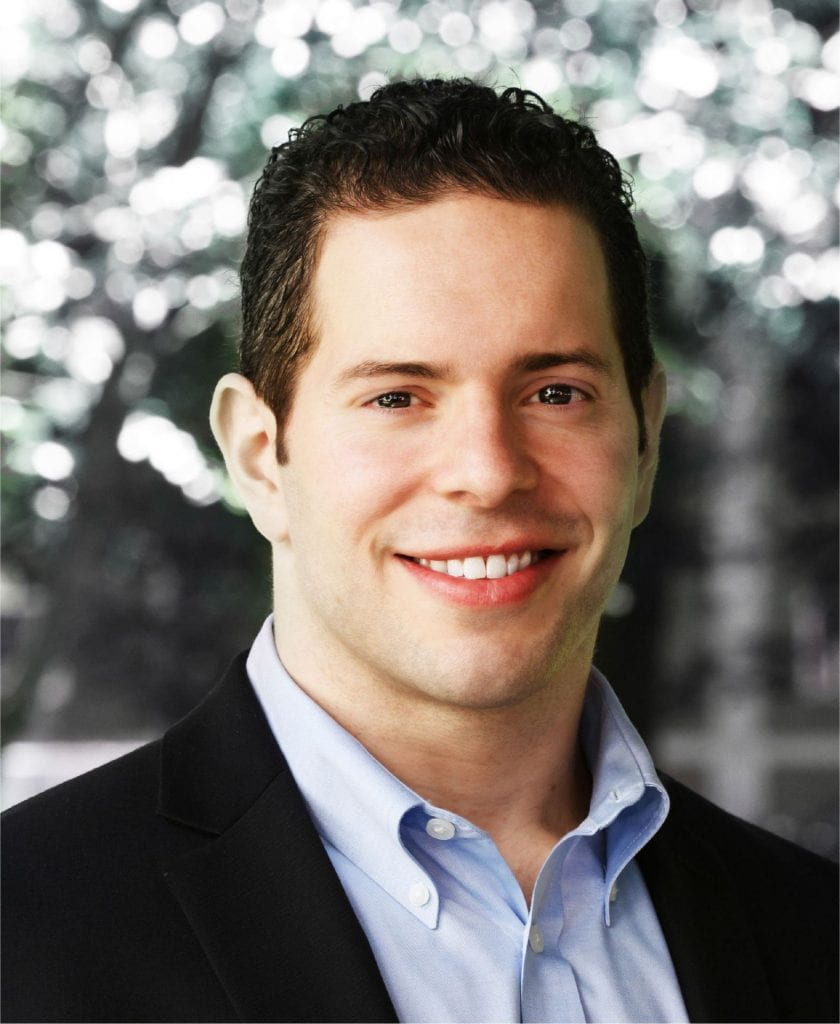 Dr. Lauren H. Cohen currently serves as the L.E. Simmons Professor in the Finance & Entrepreneurial Management Units at Harvard Business School where he teaches in the MBA, Executive Education, Doctoral, and Special Custom Programs. He also works as a Research Associate at the National Bureau of Economic Research and as an Editor of the Review of Financial Studies. Dr. Cohen’s award-winning research has been published in several Finance and Economics journals as well as media outlets including The Wall Street Journal, The New York Times, and Forbes. He has also earned the distinction as a top teacher at Harvard by CNBC, a Top 40 Under 40 Business School Professor in 2017 by Poets & Quants, and a Cutting-Edge Academic in 2008 by Pensions & Investments.
Dr. Lauren H. Cohen currently serves as the L.E. Simmons Professor in the Finance & Entrepreneurial Management Units at Harvard Business School where he teaches in the MBA, Executive Education, Doctoral, and Special Custom Programs. He also works as a Research Associate at the National Bureau of Economic Research and as an Editor of the Review of Financial Studies. Dr. Cohen’s award-winning research has been published in several Finance and Economics journals as well as media outlets including The Wall Street Journal, The New York Times, and Forbes. He has also earned the distinction as a top teacher at Harvard by CNBC, a Top 40 Under 40 Business School Professor in 2017 by Poets & Quants, and a Cutting-Edge Academic in 2008 by Pensions & Investments.
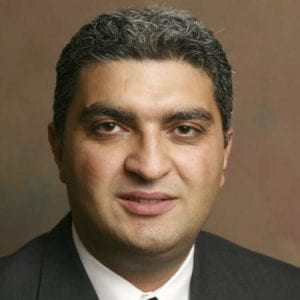 Dr. Umit G. Gurun works at the University of Texas at Dallas as a professor of accounting and finance. He has also been a visiting professor at University of Texas at Austin and Harvard University. Dr. Gurun also serves as an Associate Editor of Management Science as well as a Research Economist at the National Bureau of Economic Research. His research, which focuses on a variety of issues in empirical asset pricing and corporate finance, has been published in top journals such as Science, Journal of Finance, and Review of Financial Studies and popular media outlets including Fortune and the Economist. He was recently awarded a grant from the National Science Foundation to investigate the effects of patent litigation policy on innovation outputs.
Dr. Umit G. Gurun works at the University of Texas at Dallas as a professor of accounting and finance. He has also been a visiting professor at University of Texas at Austin and Harvard University. Dr. Gurun also serves as an Associate Editor of Management Science as well as a Research Economist at the National Bureau of Economic Research. His research, which focuses on a variety of issues in empirical asset pricing and corporate finance, has been published in top journals such as Science, Journal of Finance, and Review of Financial Studies and popular media outlets including Fortune and the Economist. He was recently awarded a grant from the National Science Foundation to investigate the effects of patent litigation policy on innovation outputs.
